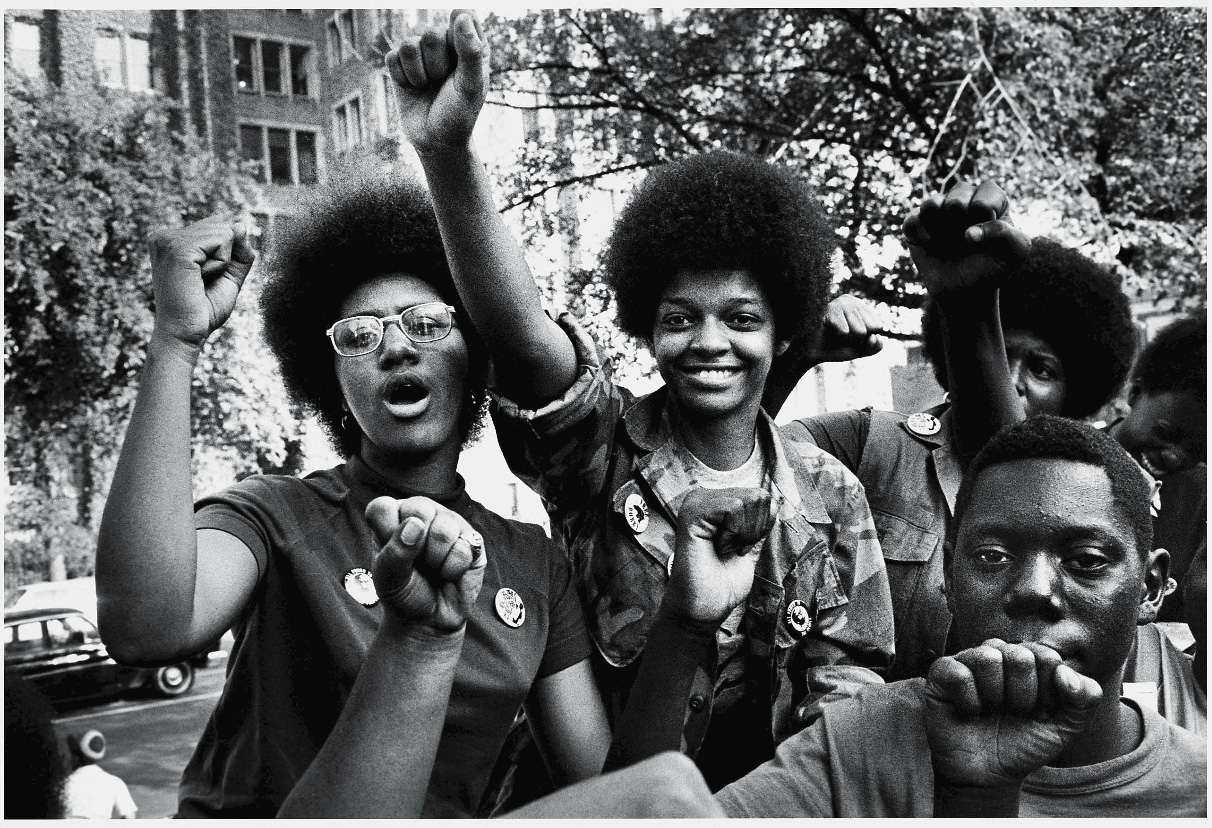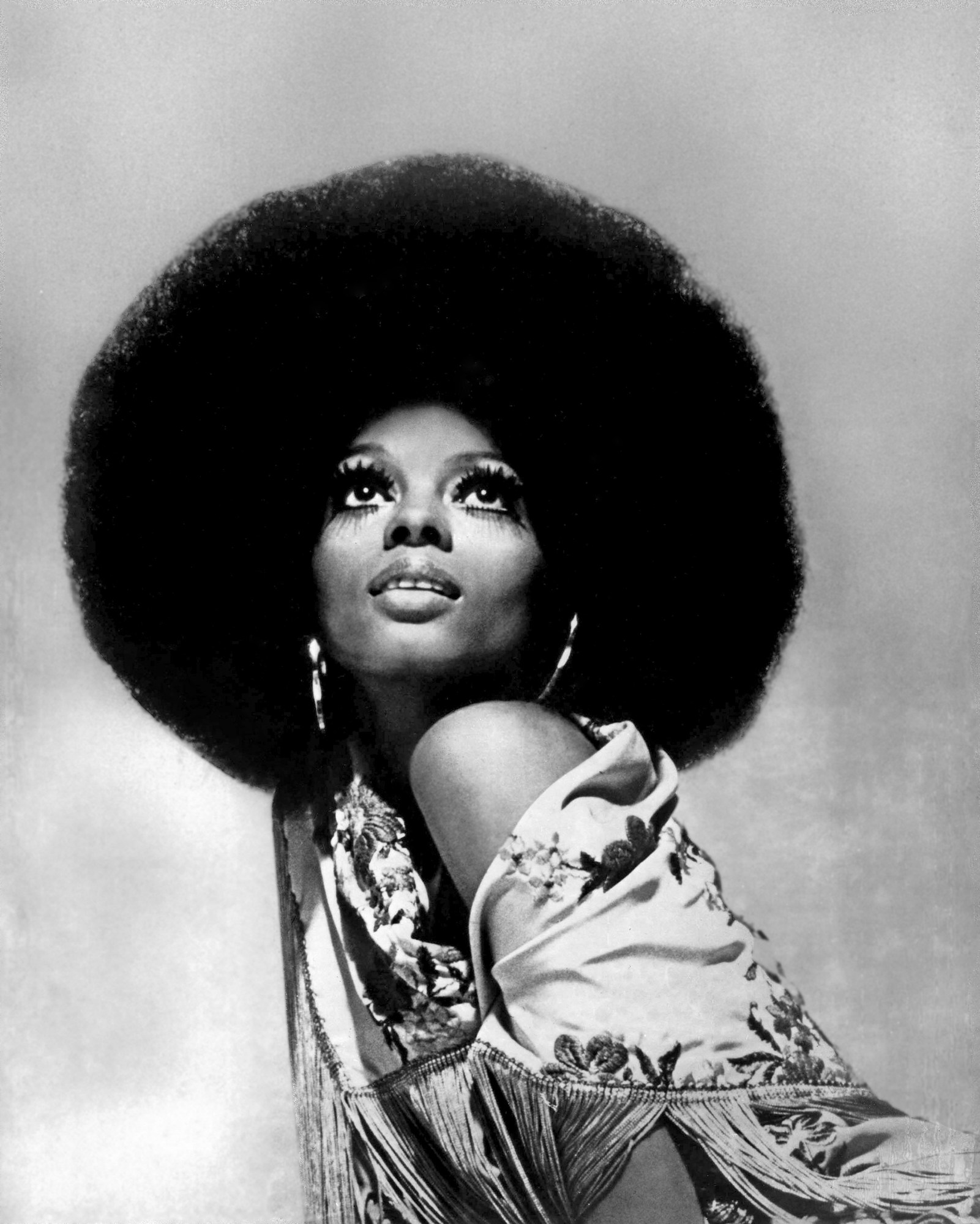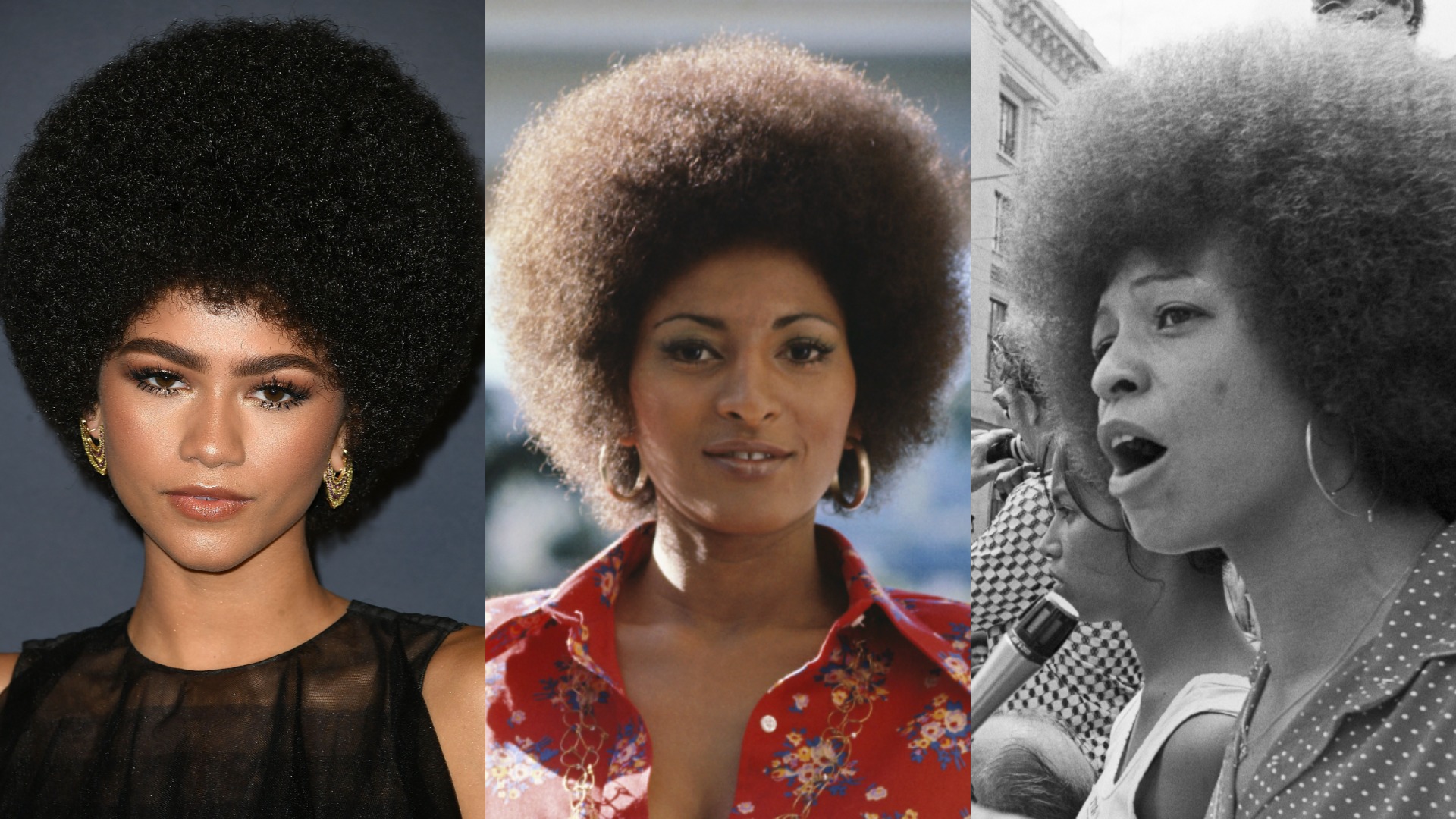If you’re a Black person living in the UK, you’ll be intimately familiar with the discrimination faced by you and/or your loved ones simply because of your hair. A study conducted earlier this year found that a staggering 93% of people with afro hair have faced microaggressions because of it, with 52% of those sharing that this had impacted their mental health.
While the 2010 Discrimination Act is supposed to protect us, the subject of hair unfortunately remains a grey area given it isn’t explicitly mentioned. London student Ruby Williams discovered this the hard way in 2016, when the then 14-year-old was suspended from school because her hair was “too big”, allegedly breaking uniform codes. The ruling was later overturned and she was awarded £8500, but stories like hers are common — even more so in the US, where people are only protected from hair discrimination in a measly 12 out of 52 states.
If it’s been said once, it’s been said a million times: Black people’s hair is our power. But this goes beyond just a simple statement. Passed down through generations, braiding techniques have fed the hungry during slavery, communicated messages facilitating freedom, and showed the wealth and status of the wearer.
Similarly, the afro is more than just a natural style and its roots are entrenched in Black history. While the look is common now — Viola Davis, Amandla Stenberg, Issa Rae, and Zendaya are all fans — it has evolved from being a political statement.
When slavery was eventually abolished in the 19th century, Black people found themselves facing the same discrimination they do today, with natural hairstyles seen as untidy and unclean — words like ‘nappy’ and ‘wooly’ are some of the negative descriptors that emerged at the time.

In order to fit the Eurocentric standards, people would damage their hair using chemicals, attempting to flatten and straighten it. In 1906, Madam C.J. Walker — widely credited as the first self-made female millionaire — made her fortune creating and selling products specifically for Black hair. Today, her story is told in the 2020 Netflix documentary Self Made: Inspired by the Life of Madam C.J. Walker.
Throughout the early 20th century, natural styles continued to be erased — highlighted by Black celebrities like Josephine Baker and her signature slick kiss curls — and it wasn’t until the 60s that the afro began cropping up. As the Civil Rights Movement began to gain momentum, prominent figures like Angela Davis opted for more natural styles, tired of the lengths they had to go to for straight hair. Jazz musicians like Nina Simone quickly followed suit, described by media outlets at the time as ditching their sex appeal for a political message.
At a Mississippi rally in 1966, activist Stokely Carmichael addressed the crowd, saying: “We have to stop being ashamed of being Black. A broad nose, a thick lip and nappy hair is us, and we’re going to call that beautiful whether they like it or not. We’re not going to fry our hair anymore.”

With the Black is Beautiful movement beginning to gain traction, the media vilified those choosing natural styles with ‘radical’ Black Panther Party members pictured in their black leather jackets, berets and raised fists. Even today, the afro pik remains a symbol of this — its end often a clenched Black fist that rises to the sky when used.
Blaxploitation films such as Cleopatra Jones, and Pam Grier’s Foxy Brown and Coffy, pushed this narrative further; with the afro style only shifting towards the mainstream thanks to its popularity with musical icons like Diana Ross and the Jackson 5. It wasn’t until the 90s, though, that the afro became a ‘trend’ — one of the styles at the forefront of the Natural Hair Movement, popularised by musicians and celebrities.
Today, the afro has come a long way from its political beginnings and has even appeared at hallowed events like the Met Gala and the Oscars. Musicians such as Kelis, Solange and Kelsey Lu have given the look a new twist, bleaching and dyeing their hair a multitude of colours. The afro has crossed over into the world of fashion too, with Gucci‘s pre-Fall 2017 campaign featuring all manner of them in homage to Britain’s Northern Soul scene in the 1960s. More recently, Christopher John Rogers enlisted hairstylist Naeemah LaFond to create giant afro sculptures for the models at his SS21 show.
The afro reached new heights at last year’s Academy Awards, with Matthew Cherry’s Hair Love — an animated story of a Black father and daughter bonding over the latter’s natural hair — picking up Best Animated Short. For Cherry and the wider Black community alike, the moment felt almost full-circle. And while discrimination undoubtedly still exists, the win was a symbol of smashing down negative connotations around Black hair and positioning it in a new light.

